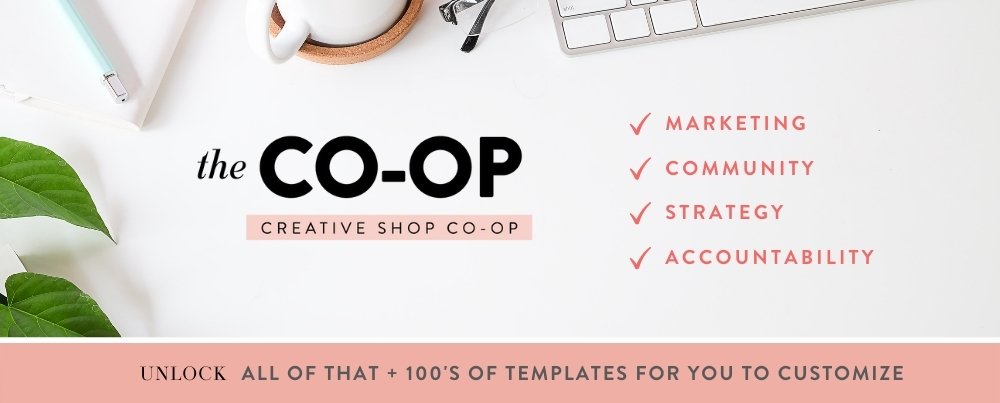Pitch Deck Vs. Proposal: The Pros and Cons of Both Part Two
If you missed Part One, you can listen to it here.
Episode 676: Show Notes
A pitch deck and a proposal serve the same purpose, but they’re certainly not interchangeable. Simply put, a proposal takes everything mentioned in a long form pitch deck and distills it into a streamlined piece of communication to back up everything you have already mentioned and sold to your client. The response you’re seeking when you send this along is “Oh yes, this is what we discussed.” That’s why, when we hear that you’re sending off proposals without any previous communication, we get worried! People are skipping the communication altogether and putting together proposals without any setup.
Could you still convert people by simply sending them an email? Yes, totally. Especially if you’ve done a lot of education on your website. But if there’s any confusion at all about what you do, without a presentation, you’re going to lose someone. This is a part of your process we really want you to start caring about. It’s an opportunity to stand out by going above and beyond what other service providers are doing.
The primary difference between a pitch deck and a proposal
If you are doing an opportunity call and you are doing a pitch deck, we recommend you still create a proposal. A pitch, oftentimes, is long and involved, and a proposal presents the opportunity to summarize everything you’ve talked about for their reference. We’ve created templates to make this process easier for you, and when you join the Incubator, you get access to them. Our aim is to present what feels like a totally customized hand-holding approach that is 90% automated on the back-end, and helps connect the dots from “interested” to becoming a client. Dubsado is one of the tools we like to use to make this as easy as possible.
Think of a proposal as the cliff notes version of your pitch deck. Start with the pain point. Where do they feel stuck? If you’ve done your job leading up to this, you don’t have to get creative at this point. You can literally copy and paste this from what they told you, or wrote in their lead form. Next, we amplify the frustrations and validate their concerns, before setting yourself up as the superhero of the situation. If you talked about a plan and a goal, this is your opportunity to reiterate it and set yourself up for success. If you’re doing a really technical service, that’s where you explain why you are the right person to solve their problem, but mostly that’s not necessary. We add in testimonials from successful relationships, and get into the process to initiate the logistics conversation and eliminate doubt.
Timing is everything
The proposal is not the time to upsell. Neither is the beginning of the client discussion. If they have any options to customize their service or opt for any add-ons, this is not the time to do it! Upsell in the middle of the project or at the end of the project. Get them in the door for the main thing and you can always talk about continuation and scope later on.
The last thing you want to do is to create confusion or hesitation by asking questions you don’t need to be asking yet. You don’t want to create a bad client before they even become a client. You don’t want to pre-empt issues and create needs that you don’t want to fulfill just by bringing them up in the first place. They’re going to ask what’s next. That’s your chance to walk them through the logistics and reaffirm their decision to opt for your services. Way too often, we’ve seen people adding doubt where it’s totally unnecessary. At the end of this page, they’re agreeing, and they’re clicking on sign up. It’s so simple.
How to make the most of your sales tool before you propose
The proposal is not your sales tool. That’s so important for you to know! The conversation is your sales tool. The proposal is a review of everything you’ve already talked about. If 95% of your projects are the same, you could take the pitch deck, take all the components we talked about, and move them into a sales page. That means, on the actual call, you’re going to be referring to that page instead of the slides of your pitch deck.
If you’re doing a pitch plus proposal, the proposal is just a reminder of everything you’ve talked about before they sign and pay. It exists to move them through that process faster. It’s about increasing the proposal rate and timeline, speeding up the decision making process. If all this sounds exciting but overwhelming, we’re here to chat with you to see if working with our team makes sense.
Quote This
If there’s any confusion at all about what you do, without a presentation, you’re going to lose someone.
Highlights
The primary difference between a pitch deck and a proposal [0:10:35.1]
The last thing you want to do when you’re sealing the deal [0:20:20.1]
How to make the most of your sales tool before you propose [0:25:36.1]
Today’s Guest:
Abagail & Emylee
The Strategy Hour Podcast
We help overwhelmed and creative entrepreneurs break down their Oprah-sized dreams to create a functioning command center to tame the chaos of their business. Basically, we think you’re totally bomb diggity, we’re about to uplevel the shiz out of your business.
Key Topics:
Pitch Decks, Proposals, Prospects, Clients, Presentations, Sales tools, Effective conversations




